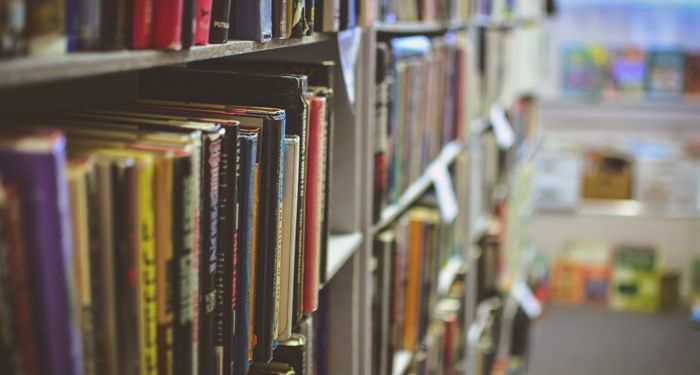
TBR Lists Are Aspirational, Not Doable—And That’s What’s So Great About Them
A few times a year, I scroll through the pages and pages of book cover thumbnails on my Goodreads to-read shelf (“to-read” sounds way better than “to be read,” but that’s a different essay) and try to cull the list. I end up deleting 20 to 30 titles and feel reeeeeal accomplished until I realize that still leaves me somewhere in the neighborhood of 2,000 books. Is that really any more realistic than a TBR list of 2,030?
Any bookish person knows the struggle. For any one book you read, whether you love it or hate it, you end up with about five new titles that sound interesting—maybe the author was so great you want to read the rest of their backlist. Maybe all the reviewers who disliked the book recommended other books that are better. Maybe the author is a friend of yours and you feel immense guilt if you don’t support their career. Any way you look at it, there are always more books that sound intriguing. And no matter how many hours you have in a day, you can’t read them all.
I know this for a fact because I once had everyone’s dream job—get paid to do nothing but read as much as possible—and it was neither a dream come true nor substantially TBR-decimating.
There is something wonderful about scrolling through my insurmountable TBR list, though: seeing the autobiography that emerges as I work through it chronologically. That list is an amazing archaeological record: as I work my way back, I can see where I once read a “Top 100 Books About [X]” list and added a bunch of titles; where I had been studying a topic for school and wanted to dive in deeper; when I was going through a struggle with something and wanted all the resources I could find on the subject; when I read a book that was so meta I wanted to read everything it had referenced; when I traveled abroad and wanted to read this or that country’s greatest writers; when I wanted to learn a new skill. I don’t keep a journal with regularity anymore, but that ever-growing list on Goodreads tells me a whole lot about myself and my development from high school senior (when I joined Goodreads) to almost-a-PhD, more than a decade later.
My physical collection of nearly 1,000 physical books and who-knows-how-many ebooks is probably evenly split between ones I’ve read and ones I’ve yet to read, and even that’s not as revealing as my Goodreads list. That home library is not arranged chronologically or split between read and not-read. Aside from ARCs with publication dates on the spines, which say a little about my work as a book reviewer, award committee juror, conference attendee, and authenticity reader, I can’t point as easily to when, where, or why I acquired those books. Goodreads can tell me when I added to my TBR with just a few clicks. (I have a number of friends who do organize their physical collections by separating read and unread books, so I imagine they can find similar autobiographical information in that spread. As for me, that type of shelving is not compatible with my anxiety disorder.)
While there will always be a twinge of guilt when I look at the ever-growing number of titles and realize I will never be able to do them all the courtesy of reading them, I’m actually really proud of what my to-read list says about me and what I value in life—not just books, but a wide array of subjects, types of people, parts of the world, and perspectives.
I hope someday my biographers agree.














